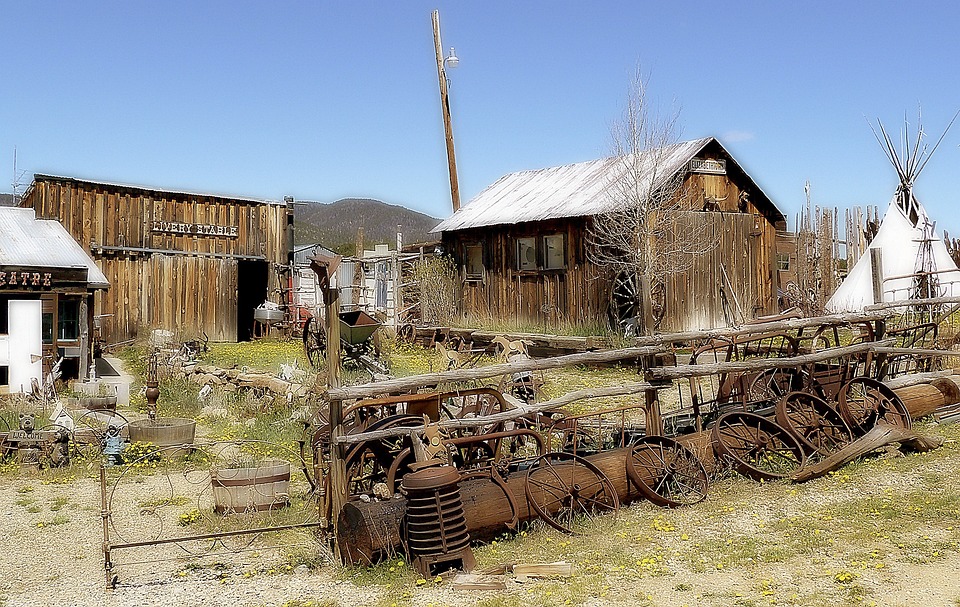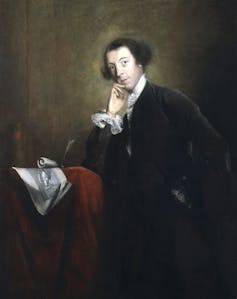
In addition to its pagan roots, contemporary Halloween also has Christian elements. The three-day Allhallowtide is an Old Catholic Day of the Dead, during which believers pray for their dead and reflect on their own mortality and upcoming death.
Allhallowtide, also known as Hallowmas, is a deeply spiritual and amazing season in the Catholic tradition, encompassing All Hallows' Eve (Halloween), All Saints' Day (November 1), and All Souls' Day (November 2). This sacred triduum is rooted in archaic customs that honor the dead and ward off evil spirits, and its spooky imagery and rituals have shaped contemporary Halloween celebrations.
The Catholic holiday of Halloween can be celebrated not only in Europe. In Mexico they celebrate this holiday as El Dia de Los Muertos and have very different ideas and customs, as they have merged with the archaic Aztec traditions in honor of Mictecacihuatl, the goddess of the underworld. In the Philippines it is called Remembrance Day. It's not just Catholics who celebrate some sort of celebration during Allhallowtide, as even after the Reformation, Protestants also took some of the festivities with them. But how did this Day of the Dead start and how did it end as a modern-day Halloween?
The origins of Allhallowtide
Allhallowtide's origins date back to early Christian practices that commemorated saints, martyrs and the faithful departed as early as the 4th century. Christians needed one day to honor the saints and initially decided that on May 13, 609, by decision of Pope Boniface IV, the Pantheon in Rome was consecrated, calling it the Basilica of the Blessed Virgin Mary and Martyrs.
It was a temple built for the Roman gods, and the way it turned into a Christian Church is perhaps intended to show how something venerable and pagan turned into something Christian. In many ways it resembles the same story from Samhain.
In the 8th century, Pope Gregory III dedicated November 1 to All Saints' Day, a time to honor saints who had passed on to become more united with Europeans further north.
As Catholicism spread across Europe, it merged with local pagan traditions such as Samhain. Some scholars believe that the Allhallowtide celebrations are intended to facilitate the transition of pagan Celts to Christianity. There are also those who believe that Celtic Samhain was equally influenced by Christian rituals.
The Celts believed that during Samhain the veil between the world of the living and the dead was at its thinnest, allowing spirits to wander. This combination created an atmosphere full of ghost stories, fear of the supernatural, and rituals to keep shadowy entities at bay.
Demons, ghosts and gothic images
During the Allhallowtide, it was widely believed that demons, spirits, and lost souls lurked in the shadows, trying to torment the living. All Saints' Day, on the other hand, focused on saints and their miracles.
Perhaps the shadowy images we know from Halloween come more from the next day: All Souls' Day – a day of prayer for the souls trapped in purgatory – which had a more sombre, eerie tone. People believed that the dead needed their prayers to be free from the sufferings of purgatory, and if neglected, their restless spirits could cause harm and even harm. Lighting candles or visiting their graves serves to shed lithe for the penniless souls in darkness.
Midnight masses were often celebrated in churches, and the flickering candlelight cast long, ominous shadows across the shadowy stone walls. Consecrated Gothic churches and cathedrals have become the image of today, and it is not tough to say that the Gothic images we have on Halloween are largely derived from this.
As the faithful prayed for the dead, there was a sense of an hidden presence lurking around them. This has led to the association of Allhallowtide not only with saints, but also with haunted ones.
As the saying goes, fear and reflection on death were critical Souvenir of MorI or remember that you will die. Fear of demons also played a significant role. It was believed that when the deceased was close, malevolent spirits would operate the liminal period to break down spiritual barriers.
Many customs, such as lighting candles, dressing up, or leaving food offerings at doors, were intended to scare away these unsafe creatures. Gargoyles, grimacing and monstrous, were commonly carved into the architecture of Catholic cathedrals, serving as both protectors and reminders of lurking evil.
Even the tradition of wearing Halloween costumes has its roots in Allhallowtide. Medieval Christians dressed up as saints, angels and even demons to personify the cosmic struggle between good and evil. Today, Halloween costumes range from terrifying to hilarious, but the theme of the costume – intended to ward off or confuse evil forces – remains constant.
Rituals and superstitions
Bonfires, another ritual carried over from Samhain to Allhallowtide, were lit on All Hallows' Eve to ward off evil spirits. The fire symbolized lithe and protection, guiding the souls of the faithful departed to peace while repelling demons. Just like the tradition of lighting candles in church for the dead. People also carved turnips into grotesque faces, imitating today's jack-o'-lantern, to scare away wandering spirits.
Another thing Samhain and Alltide had in common was leaving food on the table for the dead, keeping the room toasty for them and the like. Examples of regional customs include leaving cakes on the table for deceased loved ones and keeping the room toasty for their comfort in Tyrol, and the custom in Brittany where at dusk people gather in cemeteries to kneel bareheaded at the graves of their loved ones and anoint the indentation of the tombstone with water blessed or pour milk over it. Before going to bed, dinner is left on the table for the souls.
At this time there was also a belief in fortune telling. Just as the Celts used Samhain for divination, prophetic dreams and signs were believed to have power during Allhallowtide. It was believed that the spirits of the dead could give insight into the future or warn of upcoming dangers.
Dark legacy
While Allhallowtide's focus on the saints and the dead is deeply spiritual, it also carries with it a shadowy undercurrent of fear – fear of lost souls, malevolent spirits and demons unleashed upon the world. This duality of honoring the dead and fear of the unknown reflects humanity's deepest existential anxieties. It is this legacy that has evolved into an incredible, spine-chilling Halloween celebration where ghosts and monsters, the sacred and the profane, come together in a night of disturbing mystery.
There are echoes of Allhallowtide in contemporary Halloween, even though Halloween celebrations have become controversial. Pagan influences, as well as demonic and shadowy imagery associated with honoring Satan instead of the dead, have led many Christians to move away from the celebrations their religion helped shape.
Prayers for the dead became ghost stories at night, saints turned into costumes, and campfires turned into glow-in-the-dark jack-o'-lanterns. But underneath it all, the basic idea remains the same: the lines between the worlds of the living and the dead are blurred, and on this night something remains.
Reference:
The dead are welcomed on All Souls' Day in Ireland
The Origins of Halloween and Allhallowtide – Reflections Ministries
Allhallowtide Day of the Dead Triduum – Crazy Halloween
Halloween Mysteries and the Lost Triduum of the Church – Good Catholic
Image Source: Pixabay.com





